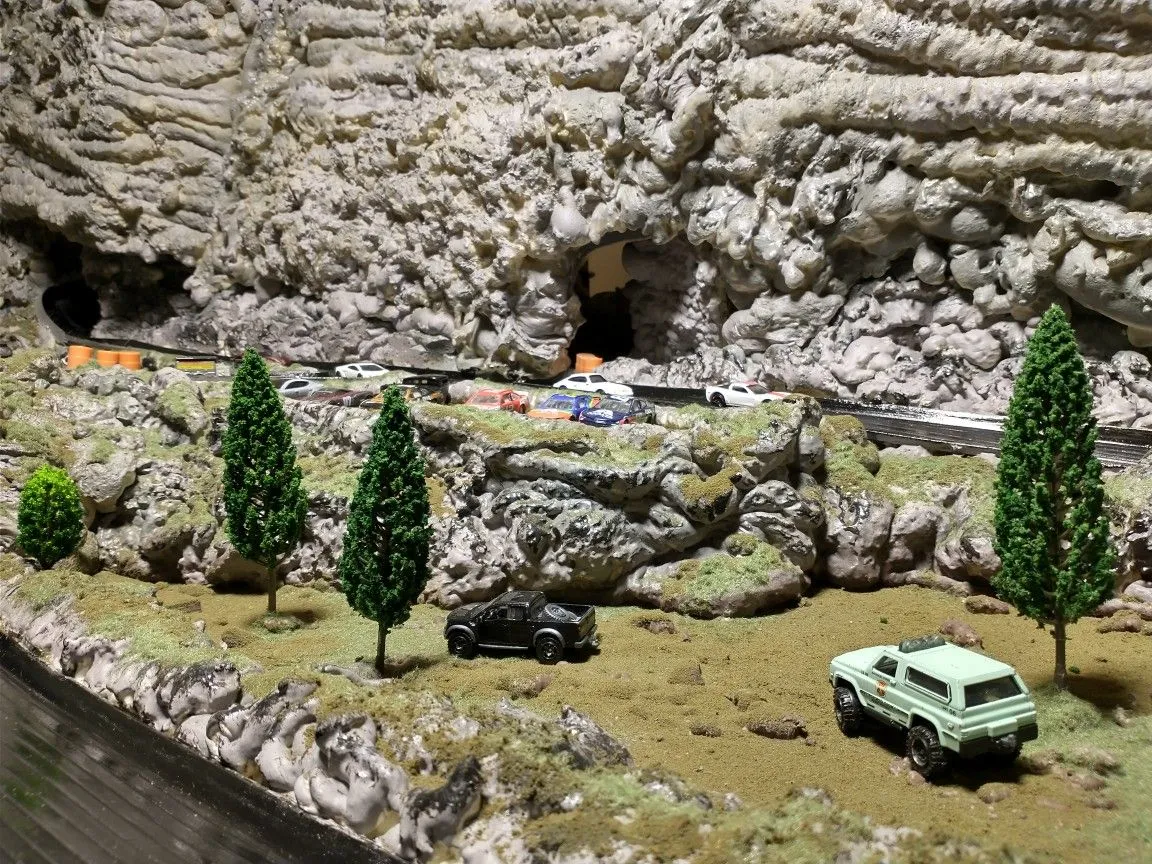Choosing the Perfect Diecast Car for Racing
Building a diecast cars track and racing these miniature marvels is a thrilling hobby for enthusiasts of all ages. Success on the track isn’t just about the track itself; the car you choose plays a pivotal role. Selecting the right diecast car can significantly impact your racing performance and enjoyment. The first step to victory begins with a well-chosen car, understanding how to best equip your car will ensure you make the most of your time racing and help secure your spot in the winner’s circle. This guide will help you navigate the crucial decisions involved in picking the perfect diecast car for your track adventures. From understanding scale to assessing the car’s inherent qualities, we’ll explore the fundamental aspects that define a champion.
Consider the Scale and Type of Car
The scale of a diecast car is a crucial factor. Common scales like 1:64 (Hot Wheels, Matchbox) and 1:43 offer different racing experiences. 1:64 scale cars are generally more accessible and suited for intricate track designs due to their smaller size, allowing for tighter turns and more compact layouts. The type of car also matters. Different car types, such as race cars, trucks, or even custom builds, have varying performance characteristics. Race cars are often designed for speed and aerodynamics, while trucks might offer different handling challenges. Consider the type of racing you want to do and choose a car that fits the track and your racing style. Research the popular scales and car types within the diecast racing community to see what works best. Choosing cars from the same scale and class as your competitors will ensure fair racing and more exciting competitions. (diecast-car-types.webp)
Assess the Car’s Weight and Balance
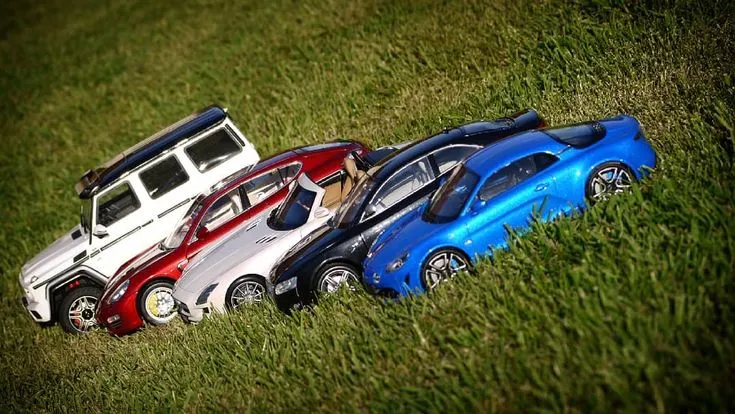
Weight and balance are critical aspects of a diecast car’s performance on the track. Heavier cars may have more momentum, making them faster on straightaways, but they can be harder to control through turns. Lighter cars can accelerate more quickly, which is advantageous on tracks with numerous turns. A car’s center of gravity (COG) also plays a vital role in handling. A lower COG improves stability, reducing the likelihood of the car tipping over during sharp turns. Carefully inspect the weight distribution. Some racers add weight strategically, such as by using small metal washers or putty, to optimize their car’s performance. Experiment with different weights and placements to see how it affects your car’s lap times and handling. Consider the track layout and adjust your car’s weight accordingly. (diecast-car-wheel-types.webp)
Optimizing Your Diecast Car for the Track
Once you’ve chosen your car, the next step is optimizing it for racing on your diecast cars track. This involves several modifications and adjustments that can dramatically improve your car’s speed, handling, and overall performance. From wheel and tire selection to lubrication and maintenance, the process of optimizing your car requires attention to detail and a willingness to experiment. This section will delve into the critical aspects of optimizing your diecast car, giving you the knowledge and tools to fine-tune your car for peak performance. Optimizing your car is an ongoing process, with adjustments and refinements made based on track conditions, competition, and your own personal preferences.
Wheel and Tire Selection
Wheels and tires are the primary contact points between your car and the track, so their selection is crucial. The material, size, and shape of the wheels and tires can significantly affect grip, acceleration, and overall speed. For wheels, consider materials like plastic or metal. Metal wheels can add weight and potentially improve momentum, but plastic wheels might offer better grip. Tires come in various materials, including rubber and plastic. Rubber tires usually provide better grip, enhancing your car’s ability to take turns at high speeds. Consider the tread pattern of the tires; smooth tires are often best for speed on a flat track, while tires with a more aggressive tread may offer better performance on tracks with curves or inclines. Experiment with different wheel and tire combinations to find the optimal setup for your car and track. (diecast-car-wheel-types.webp)
Lubrication and Maintenance
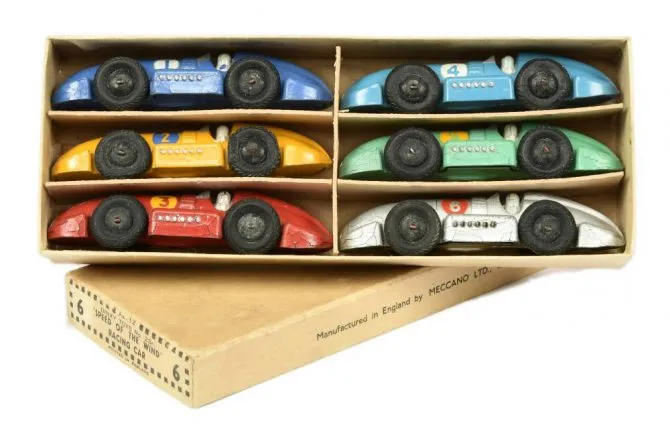
Proper lubrication and regular maintenance are essential for ensuring your diecast car runs smoothly and efficiently. Friction within the car’s moving parts can slow it down, so lubrication is key. Apply a small amount of lubricant, such as a light oil or graphite powder, to the axles and any other moving parts. Avoid over-lubricating, as excess lubricant can attract dust and debris, which can further hinder performance. Regular maintenance includes cleaning your car, inspecting its wheels and axles for damage, and tightening any loose parts. Keeping your car clean and well-maintained not only improves its performance but also extends its lifespan. A well-maintained car is a fast car, so make maintenance a part of your regular racing routine. (diecast-car-race-winner.webp)
Track Design and Layout
The design and layout of your diecast cars track can significantly impact the racing experience. A well-designed track is not only fun to race on but also presents interesting challenges and opportunities for strategic driving. From maximizing speed and flow to incorporating exciting elements and obstacles, the track is where the racing action happens. The design should complement the cars you are racing. This section explores the principles of track design, offering guidance on how to create a track that is both thrilling and challenging. Considerations such as track length, the number of turns, and the presence of obstacles all contribute to the overall racing experience. Experiment with different track designs to find what suits your racing style and provides the most enjoyment. (diecast-car-track-design.webp)
Maximize Speed and Flow
To maximize speed and flow on your diecast cars track, focus on creating a track layout that allows for smooth, uninterrupted racing. Minimize sharp turns and tight corners, which can slow down the cars. Opt for sweeping curves and long straightaways, which encourage higher speeds. The track’s banking can also help maintain speed through turns. Banking helps the car maintain momentum and prevents it from sliding out of the turn. Consider the overall length of the track; a longer track can provide more opportunities for speed and strategic driving, while a shorter track can create more intense, high-speed action. The track’s surface also plays a crucial role; a smooth, even surface allows the cars to roll freely and prevents bumps. Experiment with different track layouts and designs to find what suits your style.
Add Exciting Elements and Obstacles
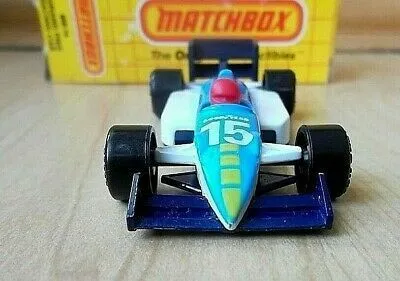
Adding exciting elements and obstacles to your diecast cars track can enhance the racing experience and make it more challenging and fun. Incorporate features like jumps, ramps, loops, and tunnels to test the drivers’ skills and create thrilling moments. Jumps can launch cars into the air, providing a spectacular visual effect. Ramps can create changes in elevation, adding an element of unpredictability to the race. Loops can add a dynamic element, while tunnels can create suspense and excitement. Consider the placement of these obstacles and how they affect the overall flow of the race. Ensure the obstacles are strategically placed to challenge drivers without making the track too difficult to navigate. Experiment with different obstacle combinations and placements to create a track that is both challenging and engaging.
Racing Techniques and Strategies
Beyond the track and the car, mastering racing techniques and strategies is essential for success in diecast car racing. The ability to navigate turns, manage speed, and develop a winning mindset will give you a competitive edge on the track. This section will explore the key aspects of racing techniques and strategies, offering valuable tips and insights to improve your performance. Whether you’re a beginner or a seasoned racer, these strategies will help you to refine your skills and consistently finish at the top of the leaderboard. The core is understanding how to approach different track features, how to best utilize your car’s strengths, and how to outmaneuver your opponents. Learning these techniques will allow you to get the most out of the race. (diecast-car-racing-techniques.webp)
Mastering the Start and Turns
Mastering the start and turns is fundamental to success in diecast car racing. A good start can give you a significant advantage right from the beginning of the race. Practice your launch technique and aim for a consistent, powerful start every time. Turns are crucial for maintaining speed and controlling your car. Learn how to navigate turns efficiently by entering them at the correct angle, using the track’s banking to your advantage, and smoothly exiting the turn. Practice makes perfect. Experiment with different turning techniques, such as drifting or cutting corners, to find what works best for your car and track layout. The ability to master the start and turns will significantly improve your lap times. Pay close attention to your opponents, and use your knowledge to outmaneuver them.
Developing a Winning Mindset
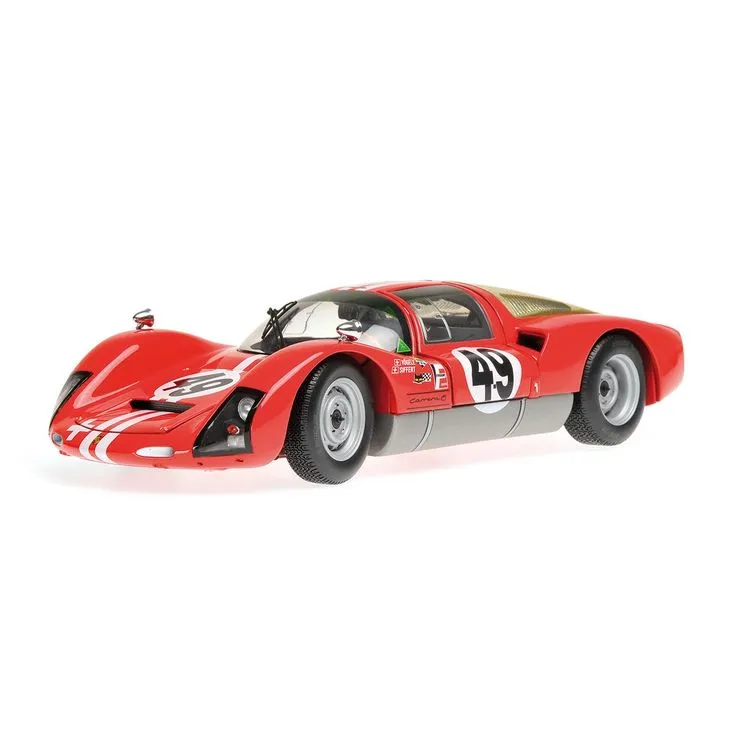
Developing a winning mindset is essential for consistent success in diecast car racing. Believe in your skills and abilities, and approach each race with confidence and determination. Learn from your mistakes and continuously strive to improve your performance. Set realistic goals and celebrate your successes. Stay focused during the race and avoid distractions. Visualize yourself succeeding and imagine yourself executing the perfect race. Develop a strategy for each race, considering your car’s strengths and weaknesses, the track layout, and your opponents. Stay calm under pressure and make smart decisions. A winning mindset will help you to overcome challenges and perform at your best. Most importantly, have fun and enjoy the thrill of the race.
Building a Diecast Racing Community
Diecast car racing is a fantastic hobby to share with others. Building a community around your passion for diecast cars can enhance the overall experience. Connecting with fellow enthusiasts allows you to share tips, learn new techniques, and even organize races and events. This section will highlight the value of building a diecast racing community and explore how to organize events and share knowledge with others. Whether you are a seasoned racer or just getting started, building a community can provide new insights and create exciting racing adventures. Building a community elevates the hobby beyond individual fun, fostering a sense of camaraderie and shared excitement for diecast cars. (diecast-car-community-event.webp)
Organizing Races and Events
Organizing races and events is an excellent way to engage the diecast car racing community and create a fun and competitive environment. Start by establishing the rules of the race, including car class restrictions, track guidelines, and scoring methods. Decide on the format of the races, such as single races, elimination rounds, or a championship series. Promote your races through social media, online forums, or local community events. Ensure you have the necessary equipment and resources, including a track, cars, timing equipment, and safety measures. Organize a practice session before the races to allow participants to familiarize themselves with the track. Offer prizes and awards to encourage participation and acknowledge achievements. Organize a variety of events, from casual races to more structured competitions, to cater to different interests and skill levels.
Sharing Tips and Learning from Others
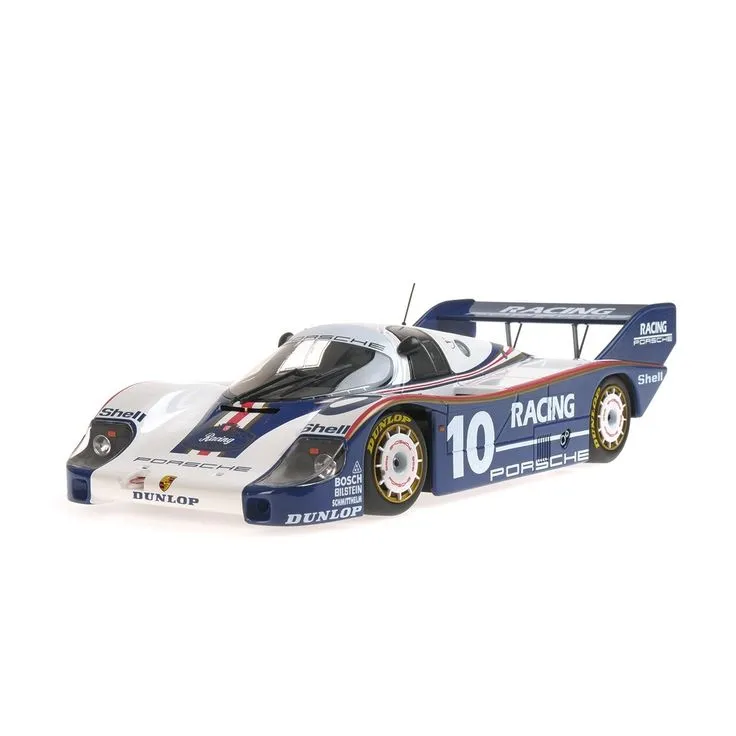
Sharing tips and learning from others are essential aspects of building a thriving diecast car racing community. Create a space where racers can exchange ideas, strategies, and experiences. Start by sharing your knowledge of track designs, car modifications, and racing techniques. Ask questions and be open to learning from others, and encourage others to share their knowledge and insights. Online forums, social media groups, and local meetups are great ways to share information and connect with other enthusiasts. Participate in discussions and offer constructive feedback. Organize workshops or tutorials to share more in-depth knowledge on specific topics. By sharing and learning from each other, you will foster a supportive and collaborative community that will enhance your enjoyment of diecast car racing.
